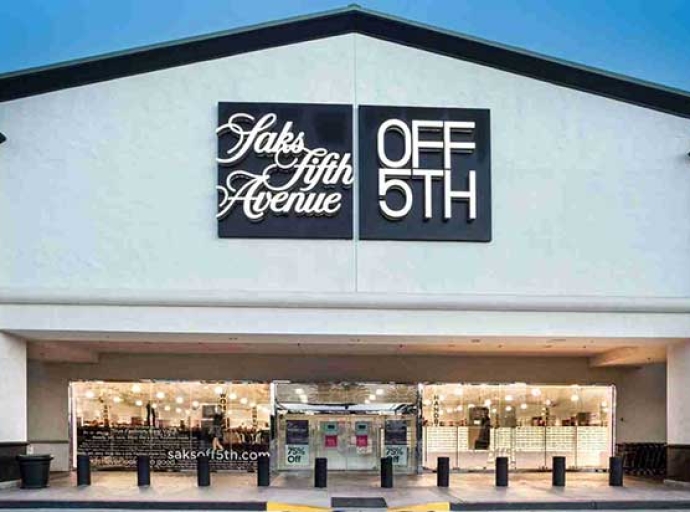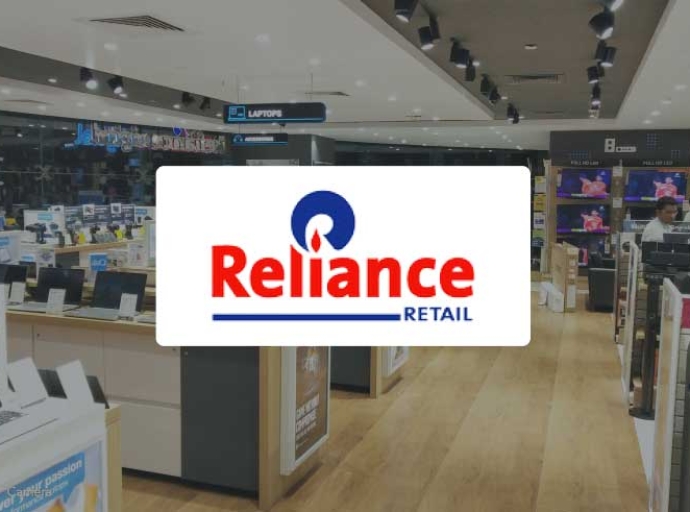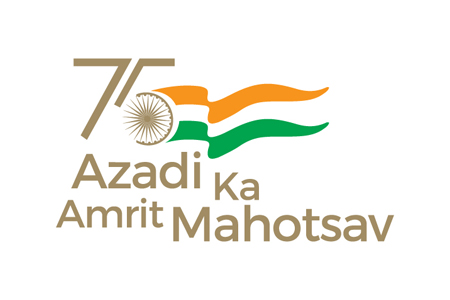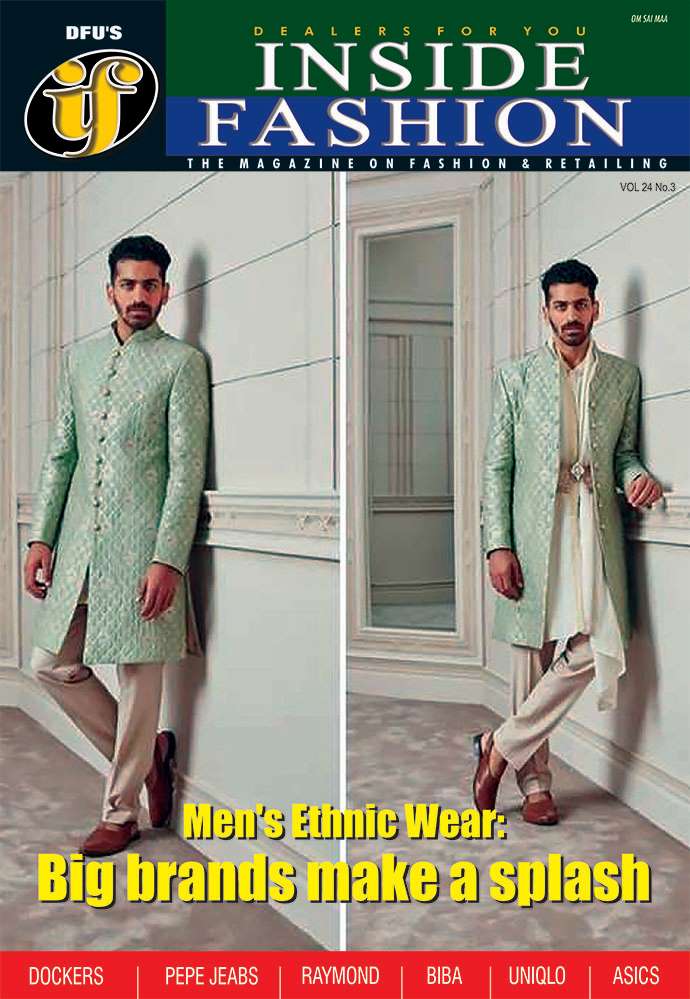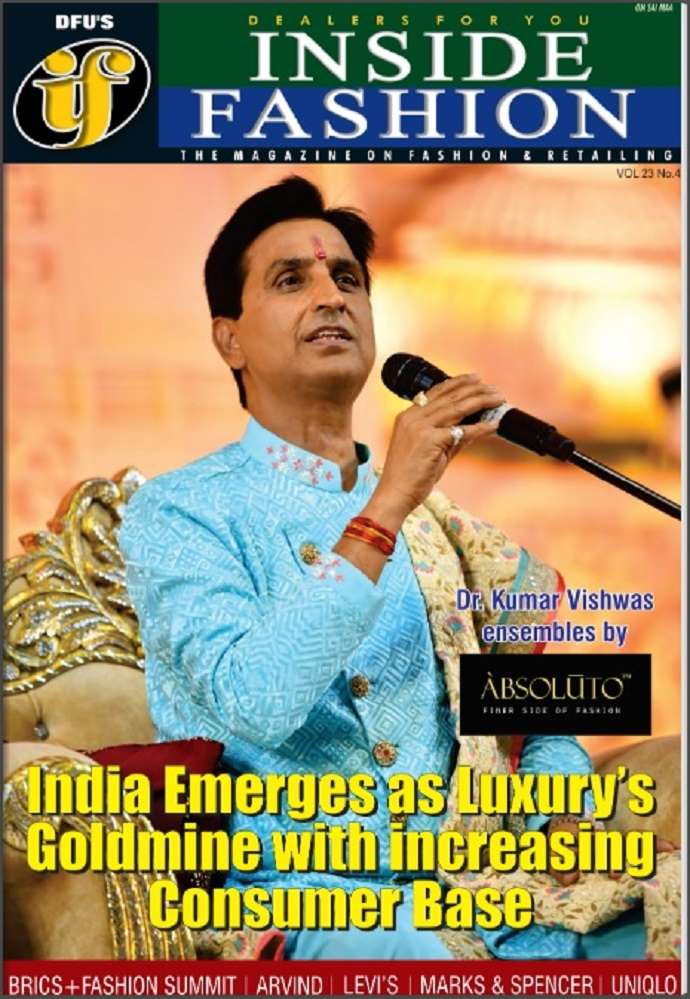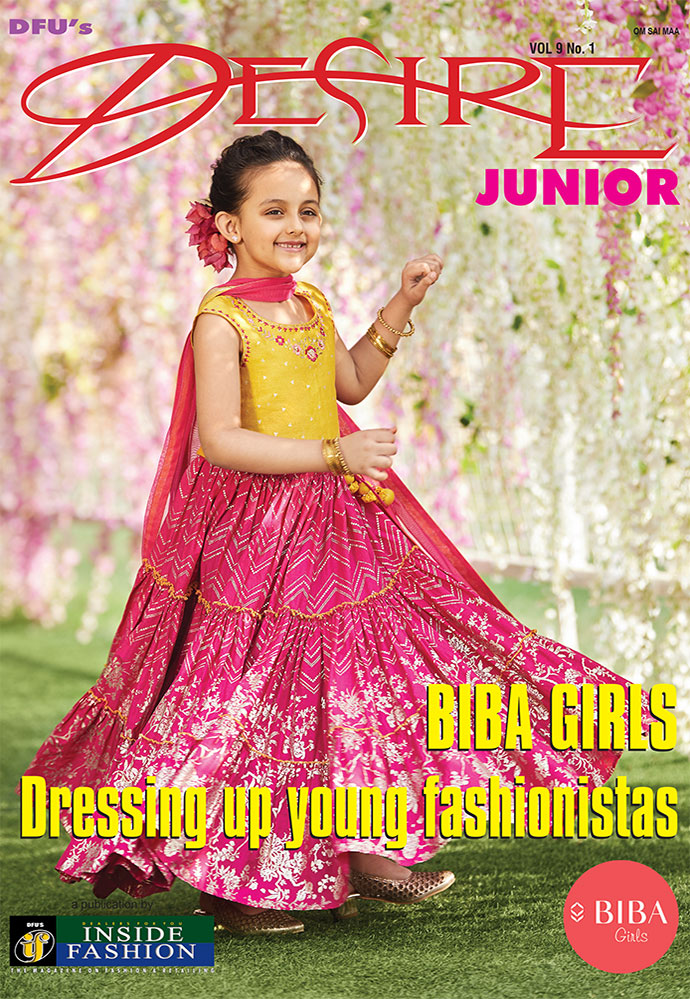The Next Fashion Frontier: Why global brands are betting big on India
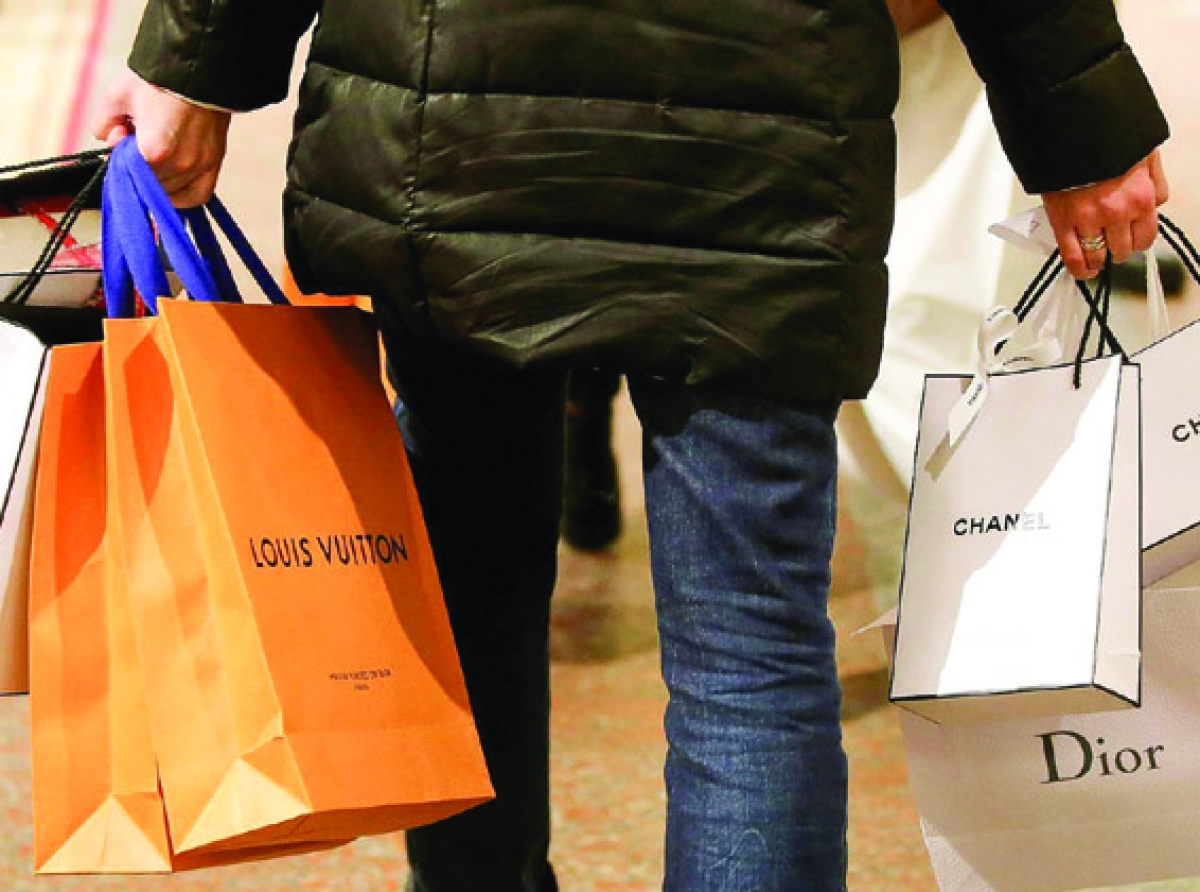
19 June, Mumbai 2025
In the global fashion ecosystem, all eyes are turning towards India. What was once seen primarily as a sourcing and manufacturing base is now evolving into one of the most exciting consumer markets for fashion and apparel brands worldwide. Powered by a digitally connected, fashion-forward youth, rising income levels, and a hunger for aspirational living, India is undergoing a style revolution—one that global brands are eager to be a part of.
A new fashion frontier
India’s rise as a fashion powerhouse isn’t accidental; it is the result of a perfect confluence of economic, demographic, and technological factors. While the penetration of e-fashion remains under 15 per cent—markedly lower than the global average—this seemingly modest figure conceals a massive growth opportunity. With the Indian fashion e-commerce market already valued at Rs 1803.6 billion in 2025 and projected to grow to Rs 8220.6 billion by 2032 at a CAGR of 24.2 per cent, brands are waking up to the country’s huge potential.
This rapid evolution is based on India’s demographic dividend: a youthful population, with over half the nation under the age of 25. This generation is digitally savvy, socially engaged, and highly attuned to global style movements. But more importantly, they are reimagining fashion not as a luxury but as a lifestyle essential.
The rise of the aspirational consumer
At the heart of India’s fashion boom lies its emerging middle class and the aspirational energy of Gen Z and Millennials. These young consumers aren’t just following trends—they’re setting them. Fashion, for them, is deeply intertwined with identity, social currency, and self-expression.
Gen Z, in particular, is driving a shift toward ‘experimental luxury’ —a phenomenon where experience, individuality, and immediacy take precedence over traditional notions of ownership and wealth accumulation. With nearly half of this group shopping from five or more platforms each year and spending three times more on emerging fashion brands than previous generations, the consumption patterns are rewriting the rules for brand engagement.
This consumer-led dynamism is reshaping India's luxury market as well. The segment, valued at $17.67 billion in 2024, is expected to touch $15.13 billion by 2033, pushed up by a growing class of high-income households and a increasing appetite for exclusivity.
Digital acceleration redefining retail
India’s digital boom is the backbone of its fashion revolution. With over a billion smartphone users and one of the world's fastest-growing internet economies, digital commerce has transformed how Indians discover, engage with, and purchase fashion.
The overall e-commerce market in India reached $107.7 billion in 2024 and is projected reach $650.4 billion by 2033 at a CAGR of 19.70 per cent. This rapid growth has turned digital platforms into essential touchpoints for brands—enabling data-driven personalization, targeted marketing and direct-to-consumer (D2C) models that bypass traditional retail limitations.
Recognizing the hybrid nature of Indian shopping behaviors, many global players are investing in omni-channel strategies that blend the convenience of e-commerce with the immersive experience of physical stores. The result is a seamless, integrated journey that appeals to the digitally empowered Indian shopper.
Case studies from the ground
Global brands aren’t just observing India’s transformation from the sidelines—they’re doubling down on their presence and tailoring their strategies to meet local demands.
Zara and H&M have expanded their footprints, curating collections that reflect Indian sensibilities while retaining their global appeal. H&M’s festive campaigns are a prime example of nuanced localization done right.
Luxury conglomerates like Aditya Birla Fashion Retail (ABFRL) have forged partnerships with France’s Galeries Lafayette to launch flagship luxury stores in Mumbai and Delhi, housing over 200 premium brands under one roof. Reliance Brands has also made high-profile tie-ups with names like Valentino and Balenciaga, accelerating luxury’s reach into India.
Swiss luxury watchmaker Breitling, too, is expanding its Indian footprint, looking to double its boutiques to meet rising demand not just in metros but across aspirational urban centers.
Table: India’s fashion opportunity in numbers
Metric 2024 (estimated) 2032 (projected) CAGR (2025-32) Indian Fashion E-commerce Market Value Rs 1803.6 bn Rs 8220.6 bn 24.20% Overall E-commerce Market Value $107.7 bn $650.4 bn 19.70% India Luxury Fashion Market Value $9.37 Billion $15.13 bn 5.03% E-fashion Penetration (Current) < 15% Significantly Higher - High-Income Households (> $40K) 15 Million 30 mn (by 2030) Doubling
Source: IMARC Group, Flipkart-Bain Report, Press Information Bureau
Why the growing momentum?
Several factors underpin the risie in interest in Indian fashion and apparel market.
• Untapped potential: The current under penetration of e-fashion, in particular, offers a vast greenfield for growth.
• Young population: India's large young population, with their increasing disposable incomes and global exposure through digital media, is a highly desirable consumer segment. They are early adopters of trends and drive demand for fast fashion and experimental styles.
• Rising affluence: The significant increase in high-income households signals a growing capacity for discretionary spending on fashion, including luxury goods.
• Digital infrastructure: Expanding internet and smartphone penetration, coupled with the maturity of e-commerce platforms, provides efficient channels for brands to reach a wider audience across Tier-I, II, III cities.
• Aspirational consumption: Indian consumers are increasingly aspirational, "trading up" across various categories, including beauty, accessories, and occasion-wear. This desire for trendy and quality products aligns perfectly with global brand offerings.
• Made in India and local adaptation: While global trends are highly sought after, successful brands are those that understand and adapt to the unique cultural nuances of the Indian market. This often involves blending global aesthetics with local relevance, as seen in the rise of fast fashion brands that quickly localize global trends.
India as a global fashion epicenter
India’s evolution from a sourcing hub to a growing consumer market is not merely symbolic—it’s structural. The shifts underway are backed by strong economic fundamentals, technological infrastructure, and a culturally engaged consumer base. For global fashion brands, this means India is no longer just a part of the future—it is the future.
As the fashion world diversifies its focus beyond saturated Western markets, India stands out not just for its scale but for its spirit—bold, youthful, connected, and hungry for style. The stage is set, the spotlight is on, and India is ready to lead the next chapter in global fashion.
Latest Publications



